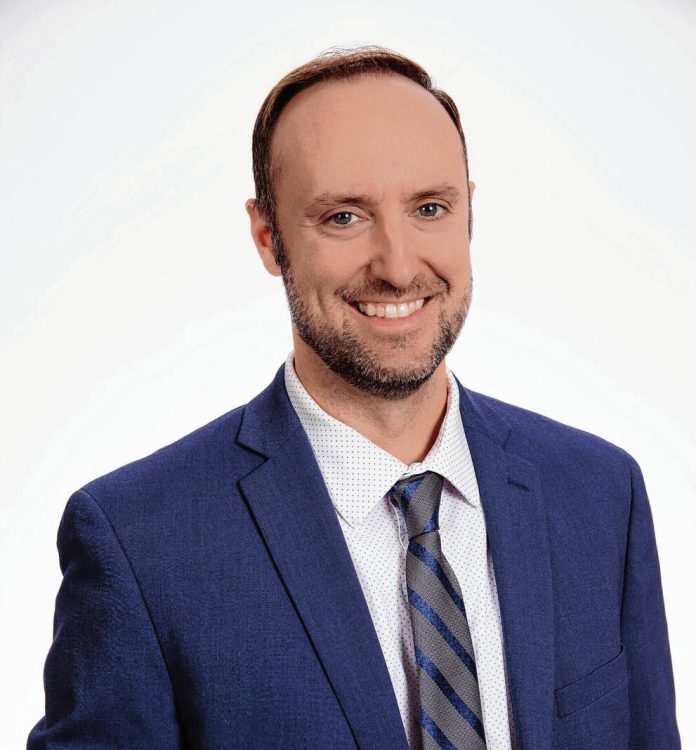While the physical health of older Hoosiers takes center stage, their mental and emotional health are equally vital, yet often overlooked. The Indiana Behavioral Health Commission is trying to change that.
Formed in 2020 to make recommendations on improving the behavioral and mental health of Indiana residents, the commission helped launch the state’s 988 suicide and crisis hotline, as well as the expansion of mental health clinics. It was reformed in 2023 as part of Senate Enrolled Act 1, which included a historic investment of $100 million in funding for mental health services.
This time around the commission is focusing on three groups of Hoosiers: youth, individuals with intellectual and developmental disabilities, and adults 55 and older. AARP Indiana was selected to be a member of the commission for its expertise and continued work on issues impacting older residents.
When looking at Indiana’s aging population the numbers don’t lie — it’s growing rapidly. By 2030, it’s estimated that nearly one in five Hoosiers will be 65 or older. This demographic shift cannot be ignored because any increase in the older population will increase the demand for services. But, how and where older Hoosiers receive those services are just some of the questions the commission hopes to answer. While effective mental health treatments are available, they are not always used.
The reasons why they are underutilized vary but can include things like the stigma attached to mental health or a person’s resistance to treatment. A very large reason is a lack of access to these important services in our communities.
Isolation, loss of loved ones, chronic health conditions — these are just a few factors contributing to anxiety, depression and other behavioral health issues in our aging population. Untreated behavioral health issues can exacerbate physical ailments, increase healthcare utilization and diminish overall quality of life. This not only impacts older Hoosiers but also further strains our healthcare system.
Access to behavioral health services remains uneven across our state. Rural areas often lack sufficient resources, leaving these Hoosiers underserved. The commission’s final recommendations will be finalized over the coming year. Some things for it to consider include:
- Expand mobile integrated health (MIH): MIH programs help older residents stay in their homes and communities for as long as they would like and have been successful in our smaller rural cities as well as larger ones. The impact of these programs, run by local Emergency Medical Services (EMS), goes beyond the positive physical health outcomes. In MIH programs, EMS personnel are going into the homes of individuals who are often socially isolated. They can identify the struggles they are facing and set them up with mental health services.
- End mandatory contractual agreement with physicians for advanced practice registered nurses (APRNs): This requirement for APRNs can be a financial and administrative burden, hampering nurses’ ability to provide care to the full extent of their training. APRNs know how to diagnose, treat, and prescribe medications for mental health and substance abuse disorders.
- Support family caregivers: Family caregivers bear immense responsibility. More than 40% of family caregivers spend more than 20 hours a week on caregiving, and large majorities say they are stressed emotionally and financially by their caregiving responsibilities. They juggle these caregiving duties and their own emotional well-being. Providing caregivers resources and financial relief through tax credits or reimbursement programs is essential.
In the months ahead, the commission will continue its work at upcoming meetings culminating with a report to the Indiana General Assembly in October. No matter which recommendations come forward, older Hoosiers deserve comprehensive mental health care that considers their unique needs. You can stay up to date with AARP Indiana’s work on behavioral health by visiting our website, aarp.org/IN.




